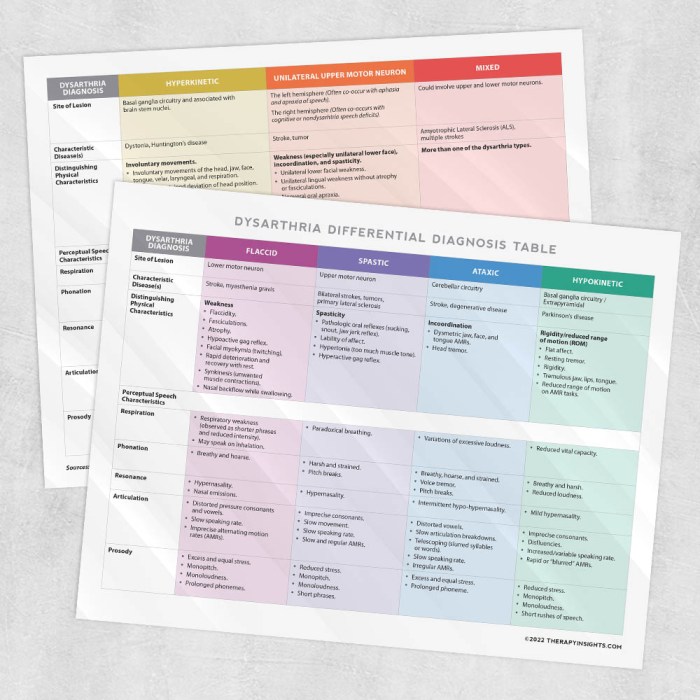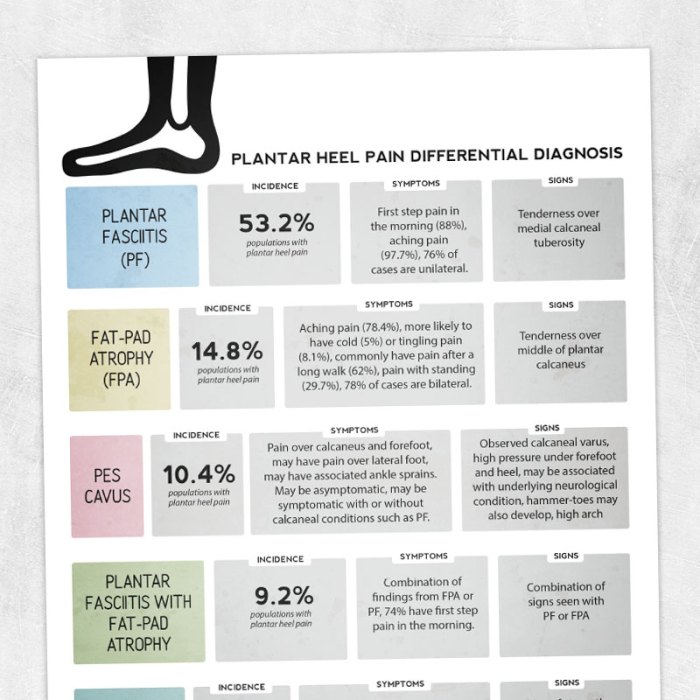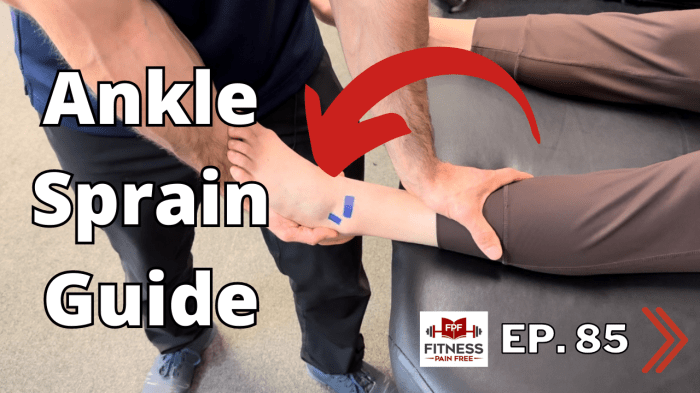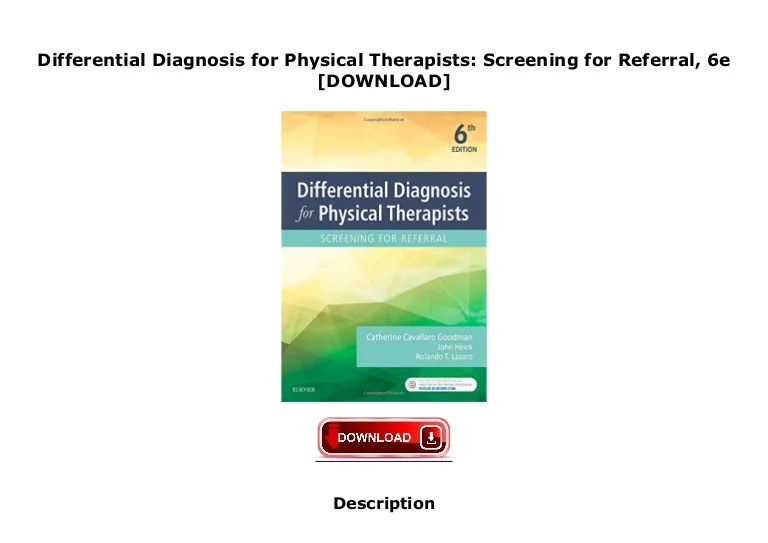Differential diagnosis for physical therapists is a crucial skill that enables them to identify and distinguish between various musculoskeletal conditions with similar presentations. This guide provides an in-depth overview of the concept, methods, and challenges associated with differential diagnosis, empowering physical therapists to deliver effective patient management.
Definition of Differential Diagnosis

Differential diagnosis in physical therapy involves distinguishing between multiple potential conditions that may explain a patient’s symptoms and physical examination findings.
Common musculoskeletal conditions requiring differential diagnosis include:
- Shoulder pain: rotator cuff tear, adhesive capsulitis, subacromial impingement
- Knee pain: anterior cruciate ligament tear, meniscus tear, patellofemoral pain syndrome
- Lower back pain: lumbar disc herniation, facet joint syndrome, sacroiliac joint dysfunction
Importance of Differential Diagnosis for Physical Therapists
Accurate differential diagnosis is crucial for effective patient management, as it:
- Directs appropriate treatment interventions
- Prevents unnecessary or ineffective treatment
- Rules out serious underlying conditions that may require medical intervention
Methods of Differential Diagnosis: Differential Diagnosis For Physical Therapists

Physical therapists employ various methods for differential diagnosis:
- Patient history:Gathering information about symptoms, onset, duration, and aggravating/alleviating factors
- Physical examination:Observation, palpation, range of motion testing, special tests (e.g., Lachman test, McMurray test)
- Imaging studies:X-rays, MRI, ultrasound to visualize anatomical structures and identify abnormalities
Common Musculoskeletal Conditions Requiring Differential Diagnosis

| Condition | Symptoms | Physical Examination Findings | Potential Differential Diagnoses |
|---|---|---|---|
| Rotator Cuff Tear | Shoulder pain, weakness, difficulty lifting arm | Pain with resisted abduction, positive drop arm test | Adhesive capsulitis, subacromial impingement |
| Anterior Cruciate Ligament Tear | Knee pain, instability, giving way | Positive Lachman test, anterior drawer test | Meniscus tear, patellofemoral pain syndrome |
| Lumbar Disc Herniation | Lower back pain, radiating pain down leg | Positive straight leg raise test, decreased sensation/reflexes | Facet joint syndrome, sacroiliac joint dysfunction |
Challenges in Differential Diagnosis
Challenges in differential diagnosis include:
- Overlapping symptoms and physical examination findings among different conditions
- Patient history may be unreliable or incomplete
- Comorbidities may complicate diagnosis
- Subjective nature of symptoms
Case Studies

Case Study 1:A 45-year-old male with right shoulder pain and weakness. Differential diagnoses considered: rotator cuff tear, adhesive capsulitis, subacromial impingement. Physical examination revealed positive drop arm test, suggesting a rotator cuff tear. MRI confirmed the diagnosis.
Case Study 2:A 25-year-old female with left knee pain and instability. Differential diagnoses considered: anterior cruciate ligament tear, meniscus tear, patellofemoral pain syndrome. Lachman test and anterior drawer test were positive, indicating an anterior cruciate ligament tear. MRI confirmed the diagnosis.
Query Resolution
What is the purpose of differential diagnosis in physical therapy?
Differential diagnosis helps physical therapists identify the underlying cause of a patient’s symptoms, rule out serious conditions, and develop an appropriate treatment plan.
What are some common challenges in differential diagnosis for physical therapists?
Challenges include considering patient history, comorbidities, and subjective complaints, as well as the limitations of physical examination and imaging studies.